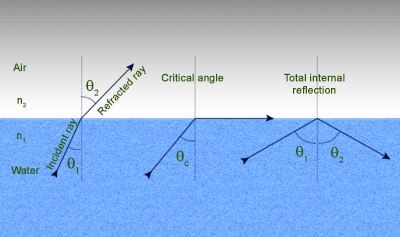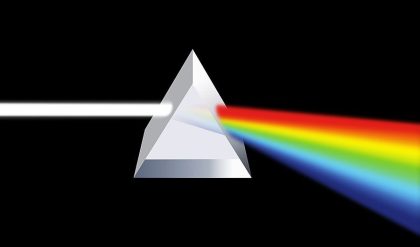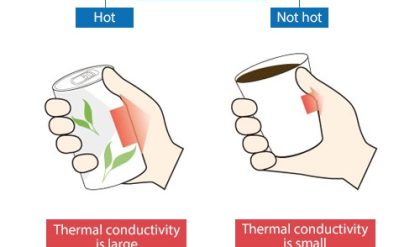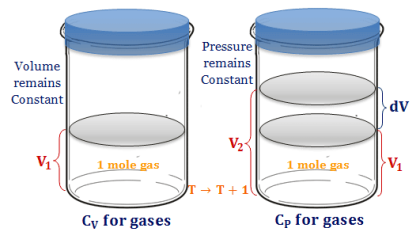Definition :-
Frictional force is a force that resists movement between two objects. If friction is limiting, it is providing the maximum possible force it can.

Types of Friction :-
There are four types of friction namely
1. Static friction
2. Kinetic friction
3. Rolling friction
4. Fluid friction

Static Friction:-
The resistance encountered by a body in static condition while tending to move under the action of an external force is called static friction (f). Static friction is equal and opposite to the applied force.
Static friction comes into play when a body is forced to move along a surface but movement does not start. The magnitude of static friction remains equal to the applied external force and the direction is always opposite to the direction of motion. The magnitude of static friction depends upon μs (coefficient of static friction) and N (net normal reaction of the body).
Example:- Consider a block ‘B’ which is resting on a horizontal table. Let a small pan be attached to the block by means of a horizontal thread passing over a smooth frictionless pulley. Initially when weight in the pan is zero, the body does not move because the applied force due to the weight in the pan is zero, the body does not move because the applied force due to the weight of the pan becomes equal and opposite to the force of friction between the table and the body. When the weight in the pan is increased the body may still be static. The body does not move because the resultant force on the body is zero. The frictional force is equal in magnitude and opposite in direction to the applied force ‘P’ and is tangential between the two surfaces.
When the applied force (P) is increased the frictional force also increases equally until the body starts moving. When it is about to slide on the table, the static friction reaches a maximum value. Any further increase in the applied force makes the body slide on the table.
The maximum value of static friction is called Limiting friction.









